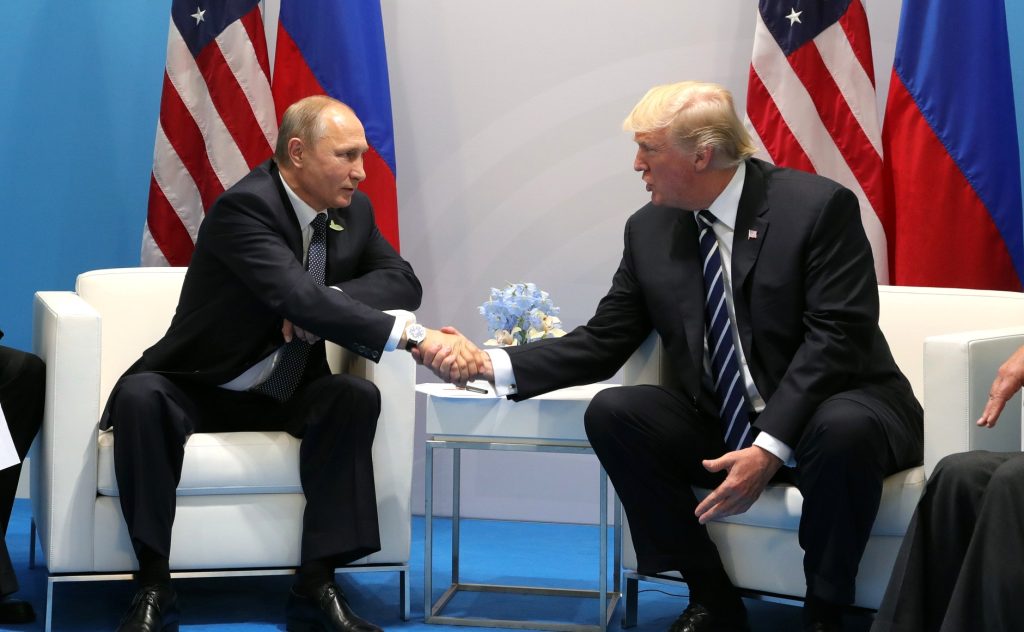
As the world watches the summit in Alaska between Vladimir Putin and Donald Trump, Ukrainian voices are raising an alarm: peace on surrender can be the most dangerous deal of all. MP Vadym Halaichuk’s message is clear: “no capitulation”, and it’s premised on the notion that rewarding aggression doesn’t end wars, it multiplies them. His warning brings into perspective not just the stakes for Ukraine, but for the world order.
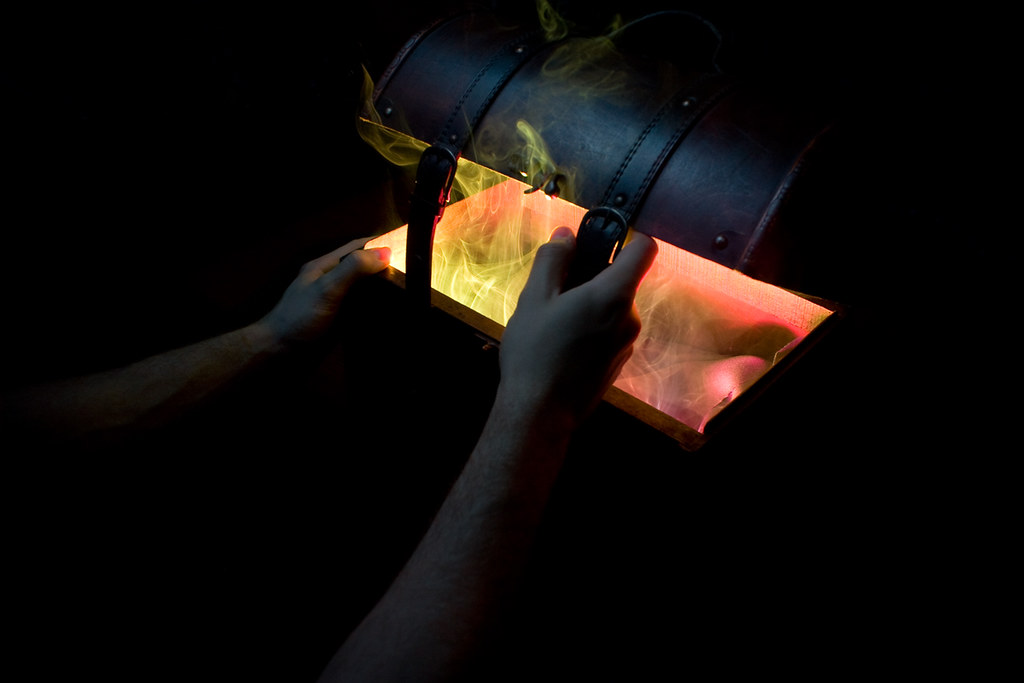
1. The Pandora’s Box of Concessions
Halaichuk likens concessions of territory to opening Pandora’s Box. If after rewarding aggression, he avers, it sends “a very bad precedent for other autocrats around the world that you can achieve your objectives through military means.” In his view, ceding Donetsk, Luhansk, Kherson, or Zaporizhzhia to Putin would not satisfy the Kremlin it would lead to further demands and the potential slide into World War III.
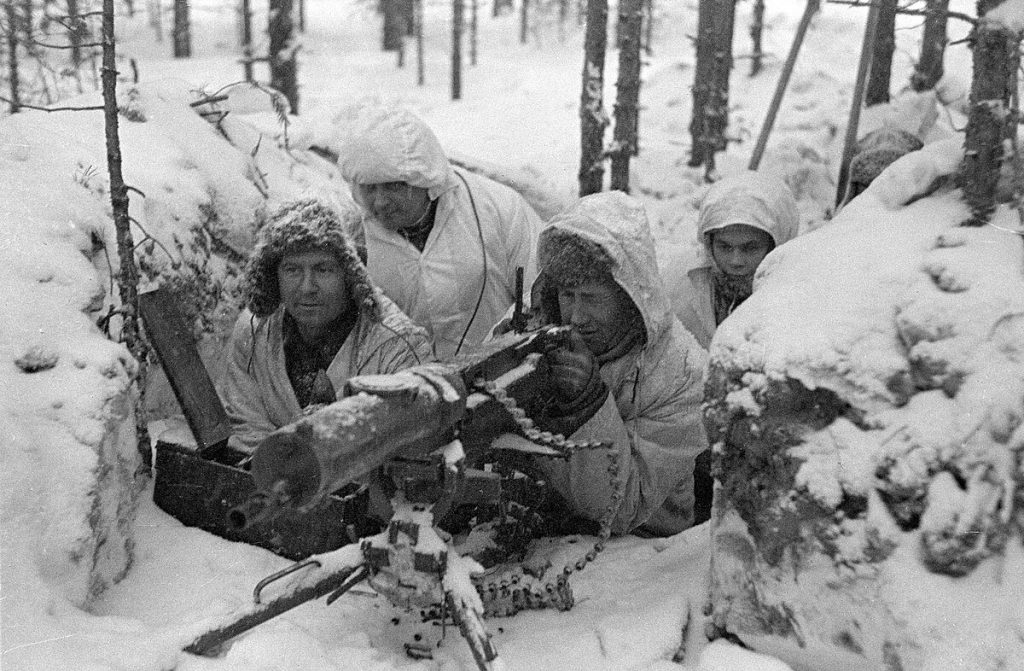
2. Why Finlandization Doesn’t Fit
Others in Washington have kicked around the theory of a “Finland model” for Ukraine’s neutrality in exchange for sovereignty, as Finland pledged itself to after it gave 10% of its territory to the USSR in the 1940s. But Halaichuk and Finnish officials reject the comparison. As established in Cold War precedent, the USSR’s designs in Finland were narrow and calculative, while Putin’s are existential: the erasure of Ukrainian identity and statehood. The imposition of forced neutrality, experts warn, would expose Ukraine precariously to future attacks.
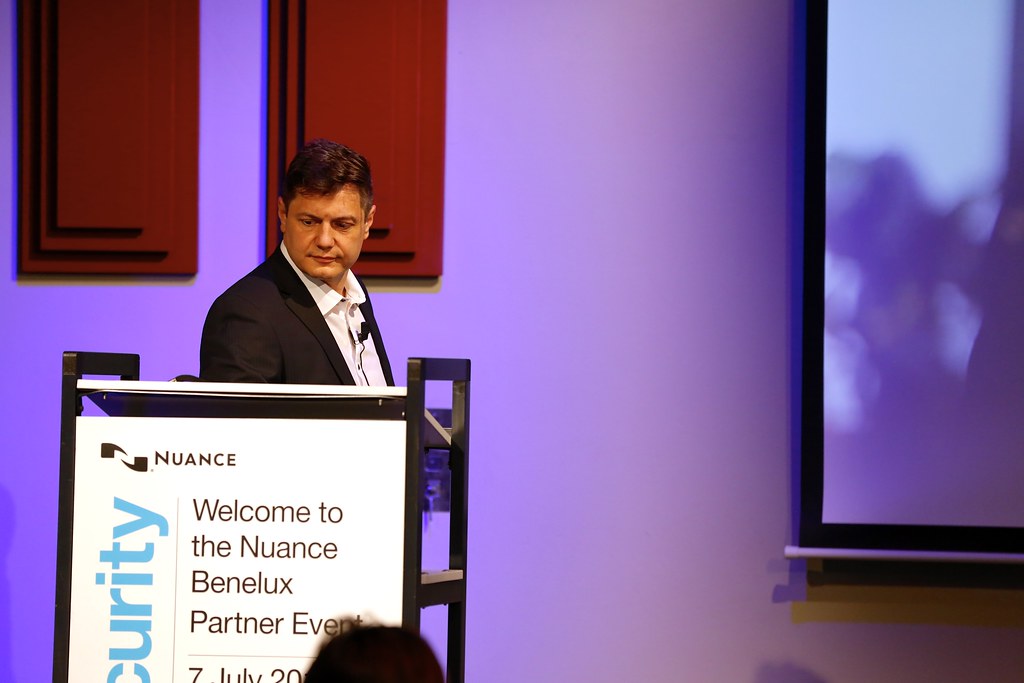
3. The Complex Shift in Public Opinion
Gallup’s latest surveys point to 69% of Ukrainians now favouring a negotiated end to the war, a near complete reversal of their 2022 position. War fatigue is real, but just about 10-12% would favour Russian ultimatum terms, reports Halaichuk. The nuance is significant; most want talks, but not on any terms. As the Kyiv resident described it, “If we don’t stop, we will lose even more territory and people,” while others strongly state, “This is our land How can we give it up? No way.”
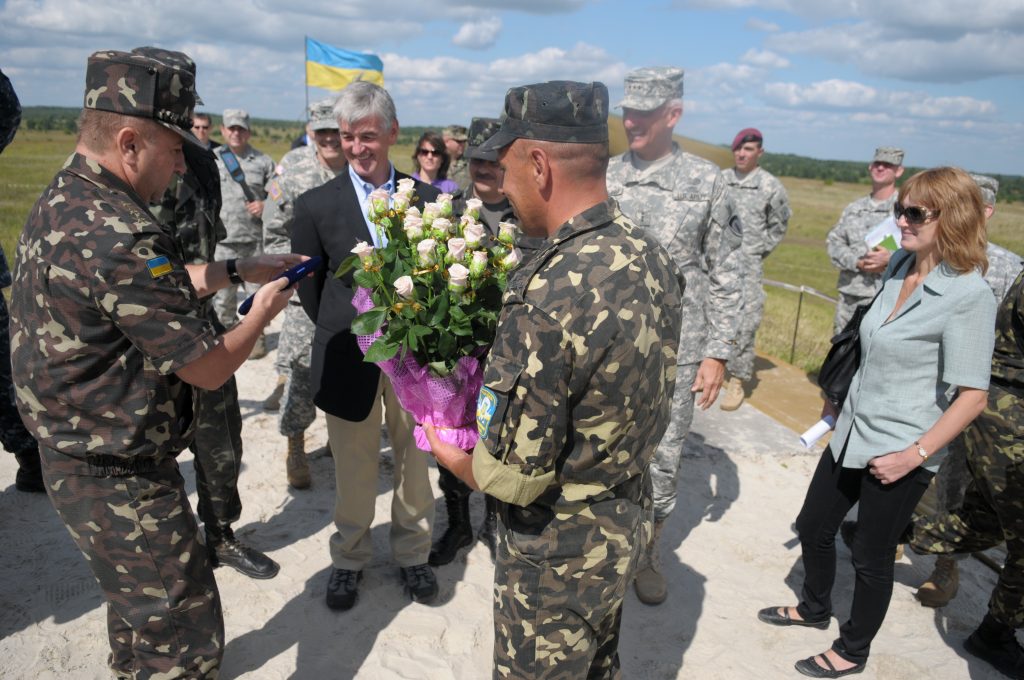
4. The View from the Front Lines
East Ukraine witnesses soldiers practising taking down drones using shotguns, a creative twist on what they call “dronocide.” Veterans like Ihor, who have been fighting since 2014, reject any “land swap.” Prohibitive losses, thinly spread units, but resilience is sustained. Soldiers indicate Russia is also losing approximately 1,000 casualties a day, suggesting the two are grinding each other down without apparent breakthroughs.
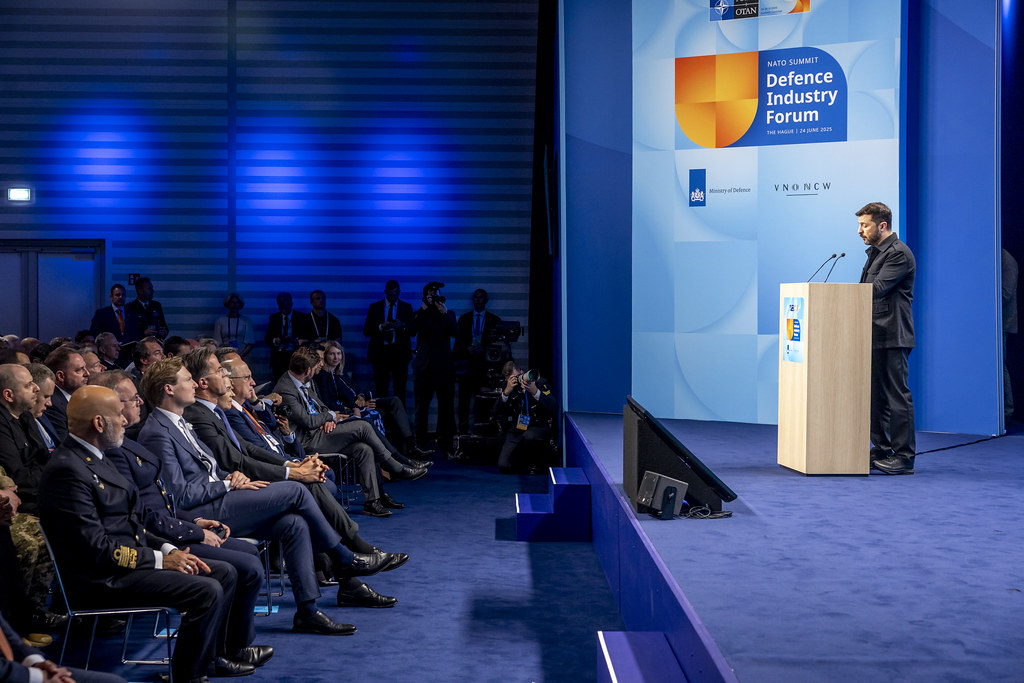
5. Putin’s Endgame and the Frozen Conflict Playbook
Analysts read Putin’s core demands as unchanging: halt NATO expansion, make Ukraine impotent, and maintain a sphere of influence. His earlier history of creating “frozen conflicts” in Georgia and Moldova shows a preference for destabilisation over full occupation, yet in Ukraine, his threats and actions promise ambitions for full control. For this, partial concessions are especially risky; they will more likely simply begin the countdown for the next attack.
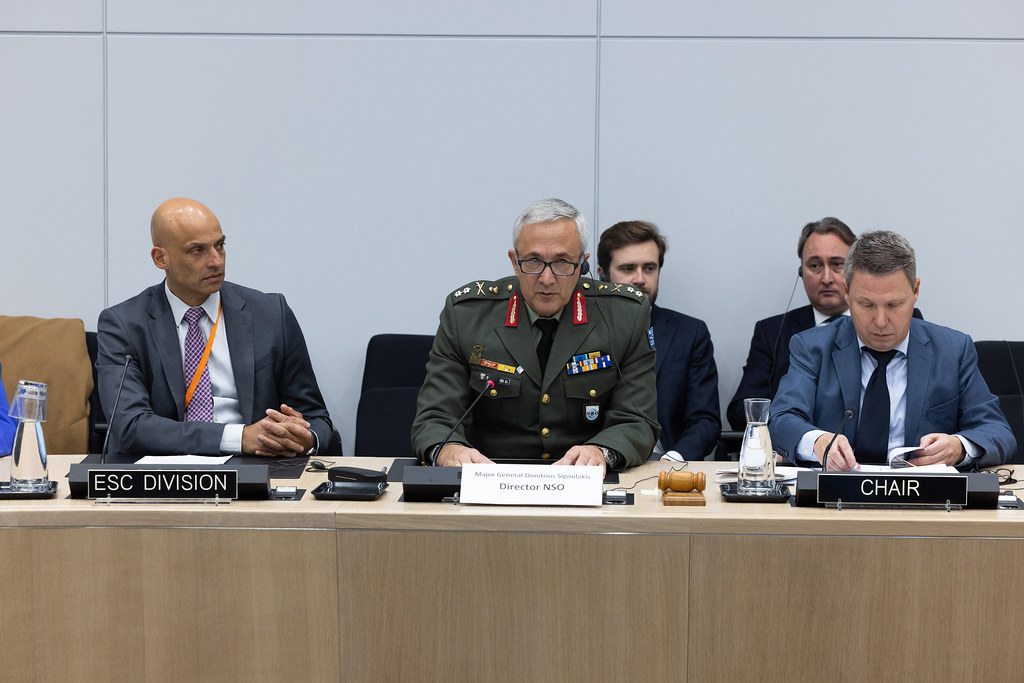
6. Why Neutrality Could Be a Trap
Finlandization in the Cold War era was expensive in quiet ways: self-censorship, restricted alliances, and a few decades in geopolitical limbo. With Ukraine, politics and geography only raise the stakes for neutrality. Without NATO protection, Kyiv would be faced with a Russian-occupied neighbour intent on dominating it, without a nearby counterbalancing act Sweden’s and Norway’s policies once afforded Finland to deter escalation.
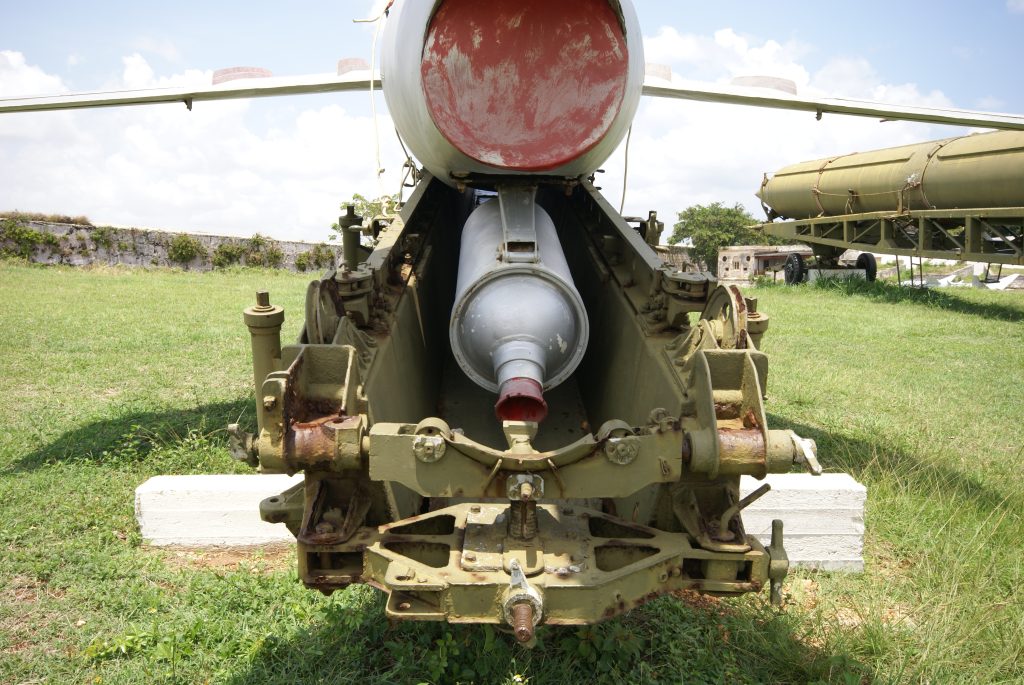
7. Coexistence with the Threat of Escalation
For distant audiences, “World War III” warnings have the ability to trigger extreme worry. Psychologists recommend grounding strategies focusing on breath, limiting doomscrolling, and keeping news viewing in balance with restorative activities. Past history gives perspective: high-stakes negotiations have averted catastrophe before, from the Cuban Missile Crisis to Cold War-era arms control talks. Reminding oneself that international crises have been navigated successfully can soothe fear.
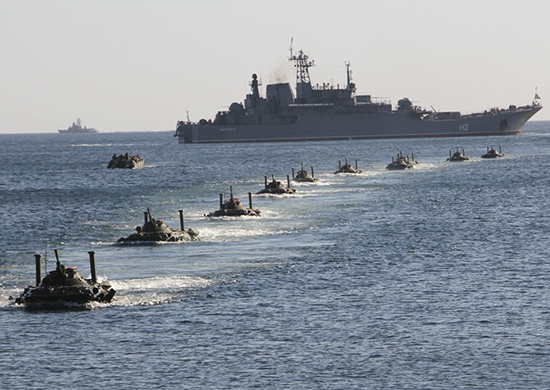
8. The Strategic Neutralisation Alternative
Several defence experts propose a “steel porcupine” policy securing Ukraine so deeply that further attacks fail by design. That policy, already visible in Ukraine’s de facto victory over Russia’s Black Sea Fleet, is built upon not allowing the aggressor to succeed operationally rather than expecting to triumph by destroying the adversary. It’s a strategy of endurance: hard defence, continuous innovation, and regular allied support to make belligerence unprofitable.
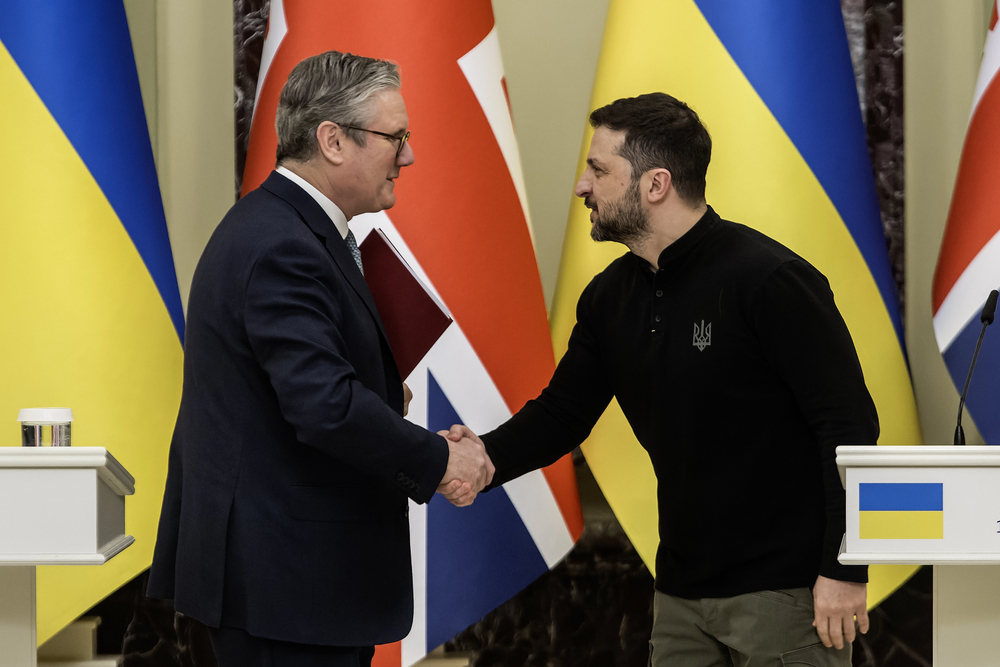
Ukraine’s political leaders are convinced that peacekeeping needs to honour sovereignty and security. For them, the Alaska talks are not just about ending conflict; they’re about preventing a dangerous precedent that would destabilise the planet. And for spectators, the task is to stay vigilant without succumbing to fear, opening room for vigilance as well as hope.


